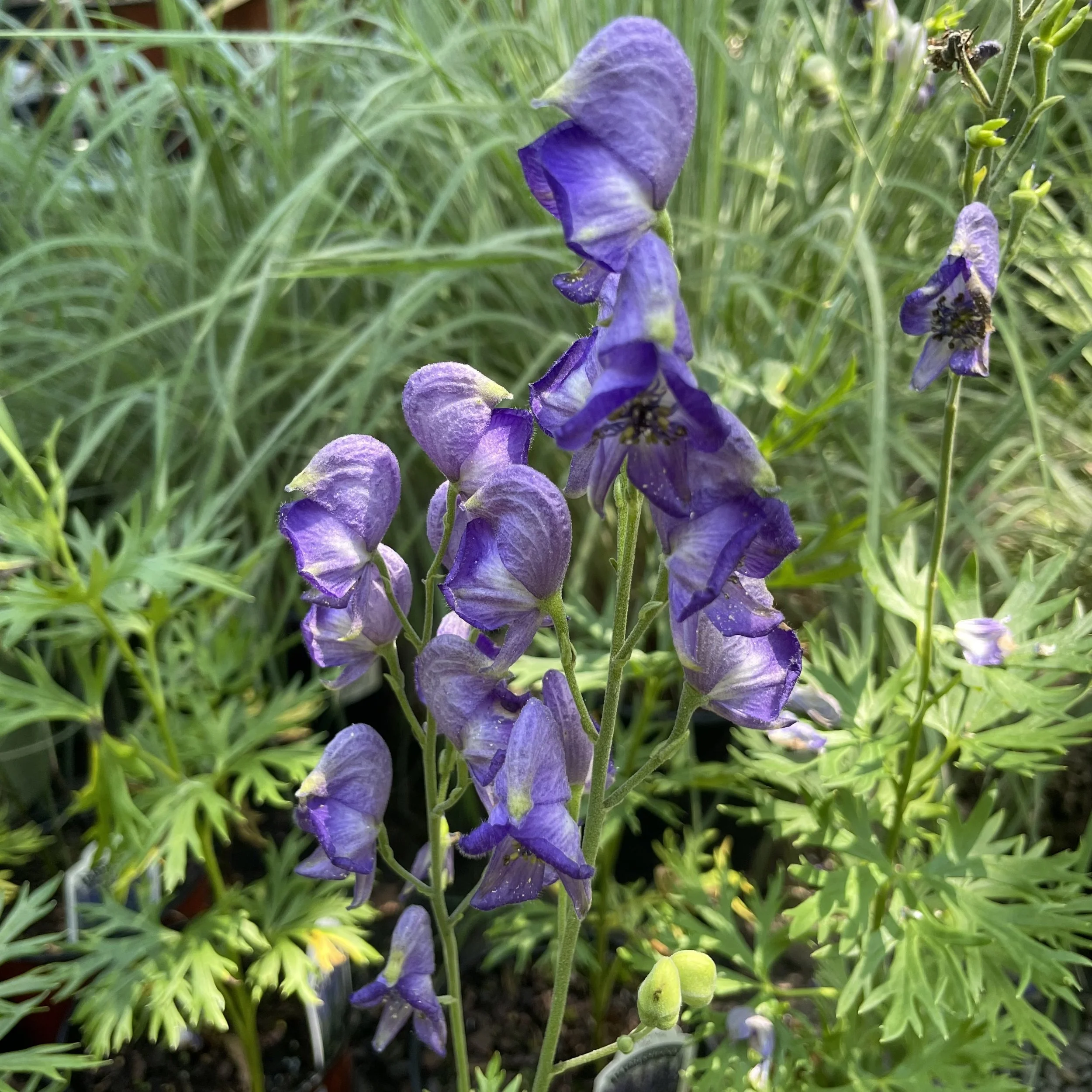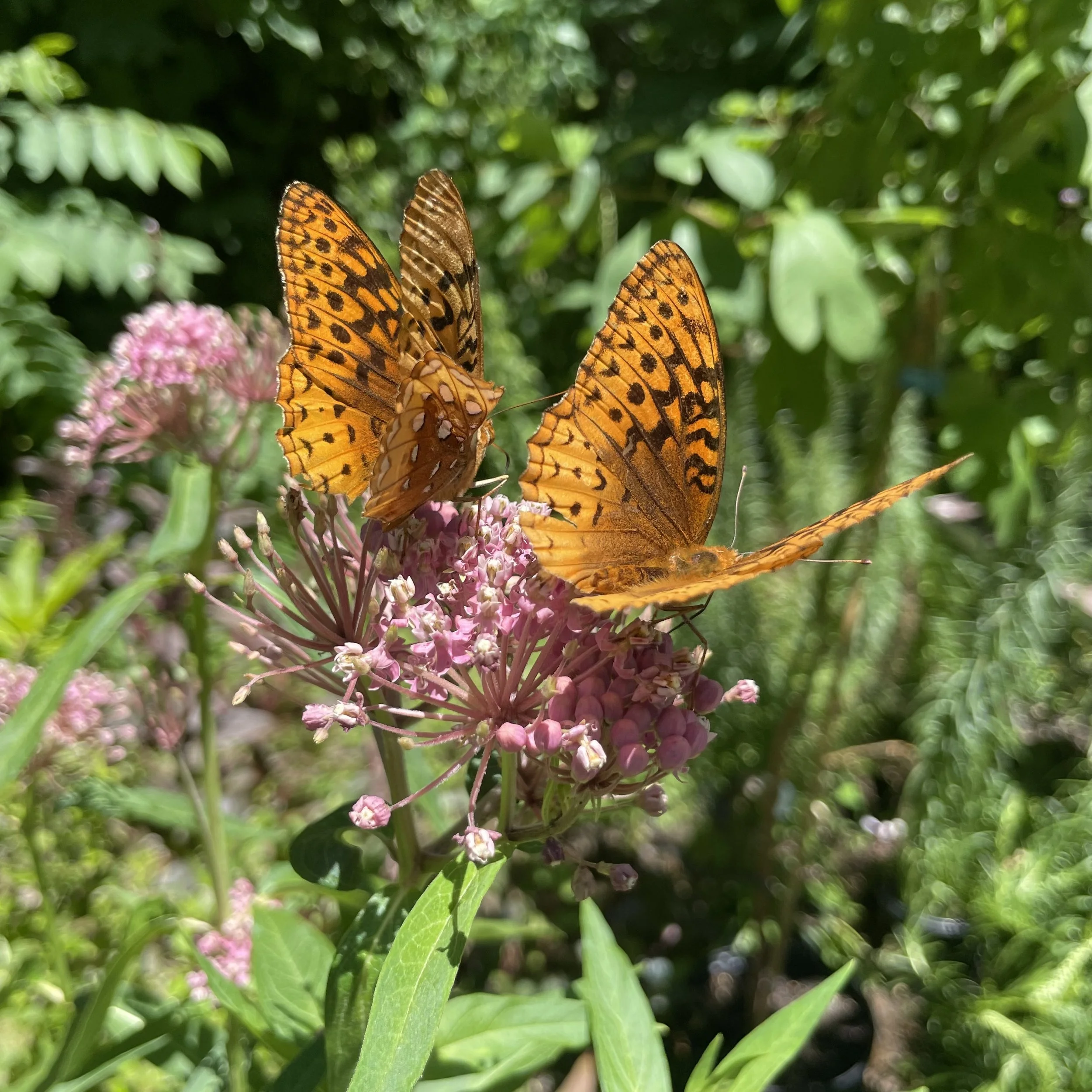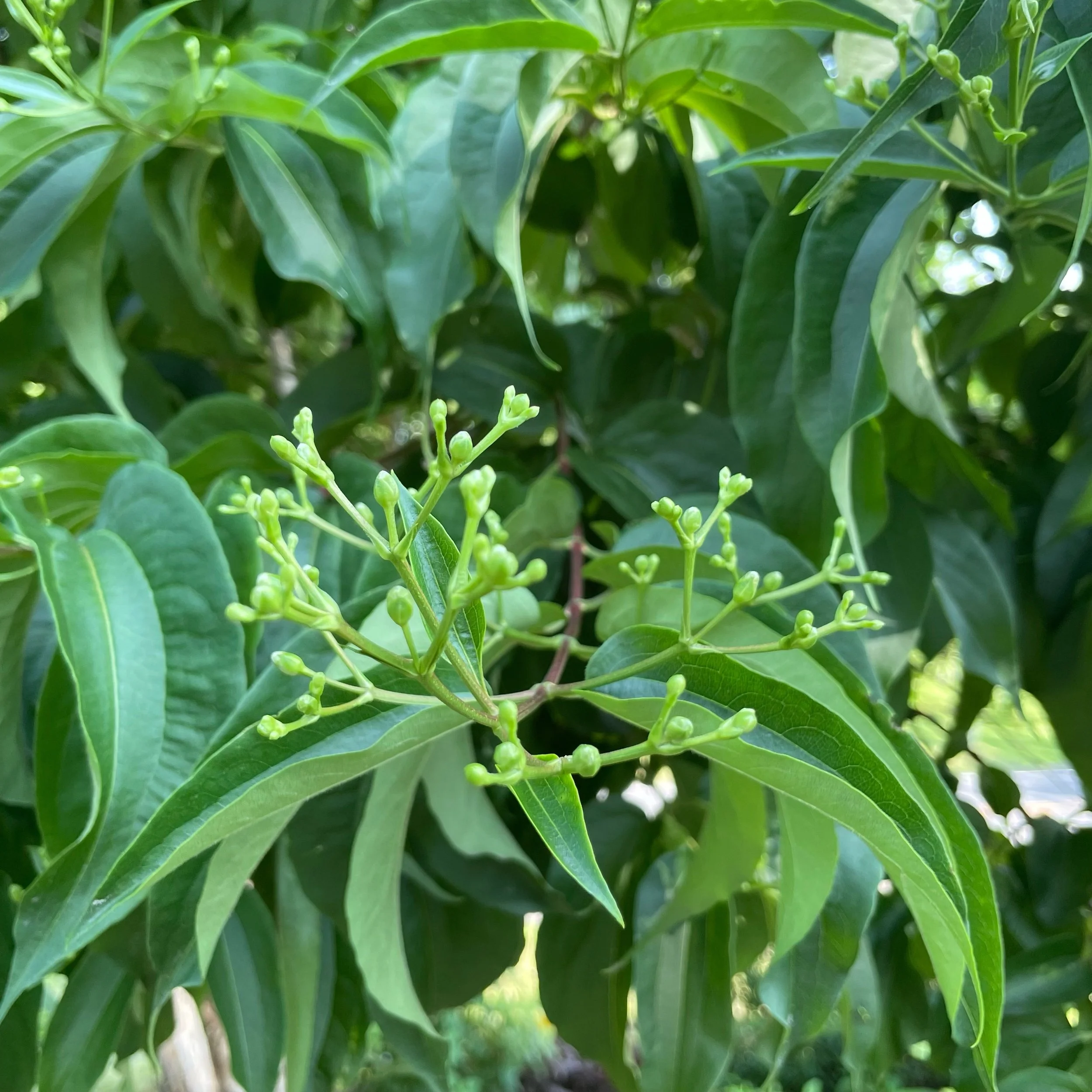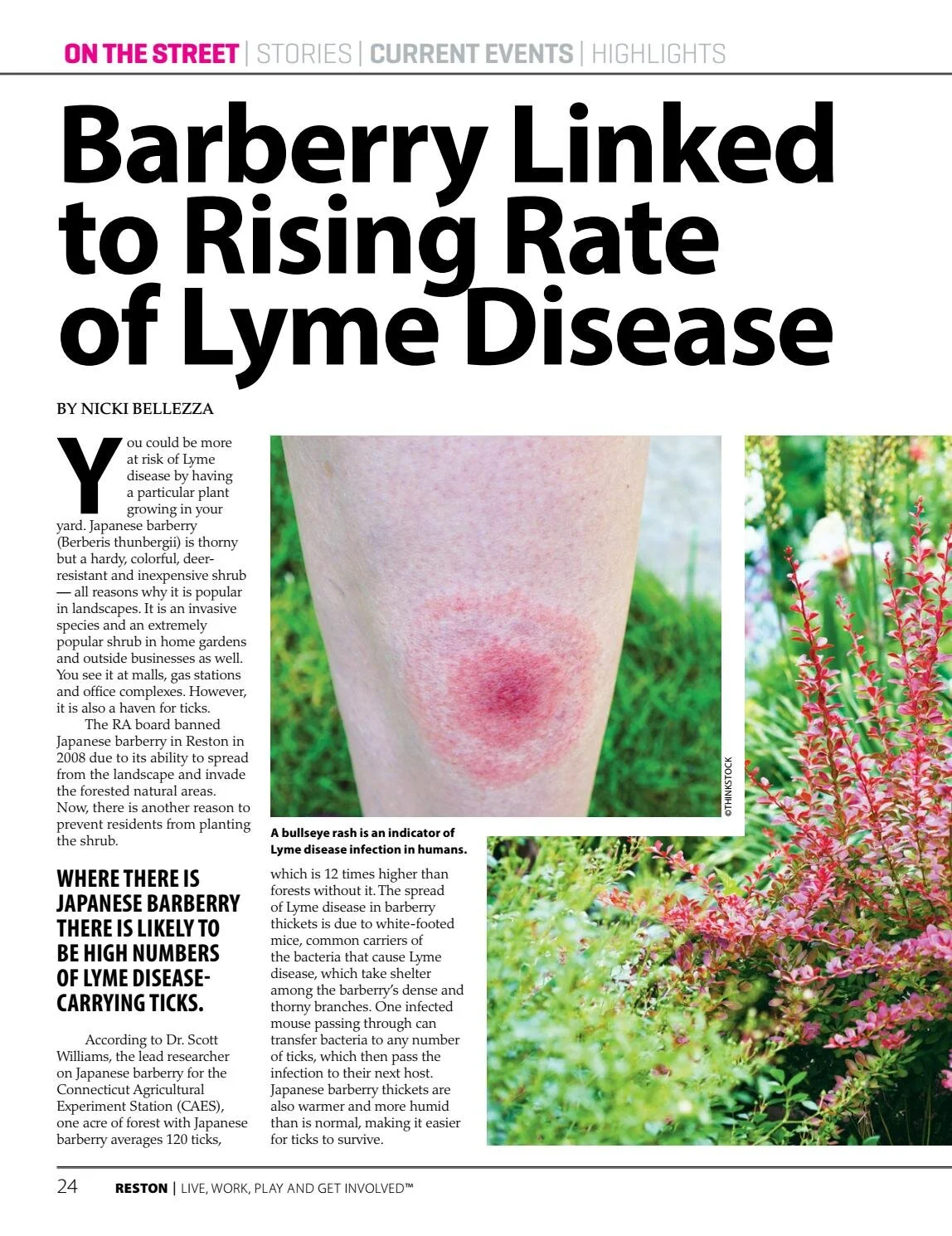Spring, Summer, and Fall!
Spring-blooming Clematis:
These varieties typically bloom in early to mid-spring on the previous year's growth. They often produce large, showy flowers. Examples include Clematis montana and Clematis alpina. Pruning for these Clematis types is best done after flowering in late spring or early summer to ensure prolific blooms the following year.
Summer-blooming Clematis:
This group includes a wide range of cultivars that bloom from late spring to late summer. They bloom on new growth, so they can be pruned in late winter or early spring before new growth begins. Examples include Clematis 'Nelly Moser' and Clematis 'Jackmanii'.
Late-blooming Clematis:
These varieties typically bloom from mid-summer to fall on new growth. They are pruned in late winter or early spring like the summer-blooming types. These include a Victoria Gardens’ favorite, Clematis 'Sweet Autumn’.
When pruning Clematis, it's important to identify which group your particular variety belongs to, as pruning at the wrong time can result in reduced or delayed flowering. Generally, it's best to prune lightly until you're familiar with your specific Clematis's growth habits.
PLUS A NEW VARIETY: Long-blooming Patio Clematis






















